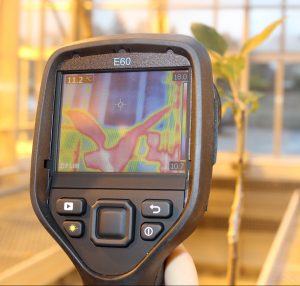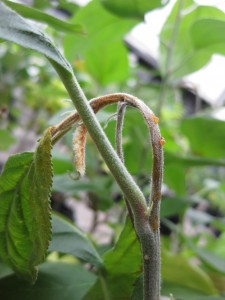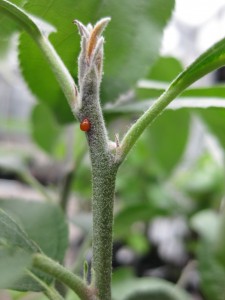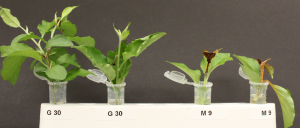High-Throughput Plant Resistance Phenotyping for Gene Identification: Plants develop symptoms in response to pathogen attack that could be visualized and quantified to assess the severity of disease, and these responses differ between plants in terms of symptoms and progress rate. This variation, if precisely quantified, could be correlated with changes at cellular and gene expression levels and could lead to gene identification for improving disease resistance in plants. Although there is tremendous progress in genetic and genomics of plants, looking at the phenotype is still laborious, time consuming and thus a bottleneck. Fire blight, caused by the gram-negative bacterium Erwinia amylovora, is one of the most destructive bacterial diseases to apples. So far, there are no reliable, precise and high-throughput methods to quantify disease susceptibility/resistance in apples. We are developing real-time imaging and associated analytical image analysis methods to monitor progress of fire blight infection, with concurrent sampling of transcripts and the metabolome to identify specific spatio-temporal mechanisms at genetic, cellular, and molecular levels. This research will lead to high throughput phenotyping methods for fire blight that lead to novel molecular markers, their underlying genes and pathways, and will provide new insights into disease development.
Chlorophyll fluorescence and infrared thermal imaging for detection of plant-pathogen interaction at an early stage and high-throughput resistance phenotyping
Fire blight Infection and Oozing
Resistance response (re-growth and dark lesion) in fire blight resistant (G.30) and susceptible (M.9) apple rootstocks
Detached flower and leaf inoculation assay for fire blight
Growth characteristics of five Erwinia amylovora strains on KB media








